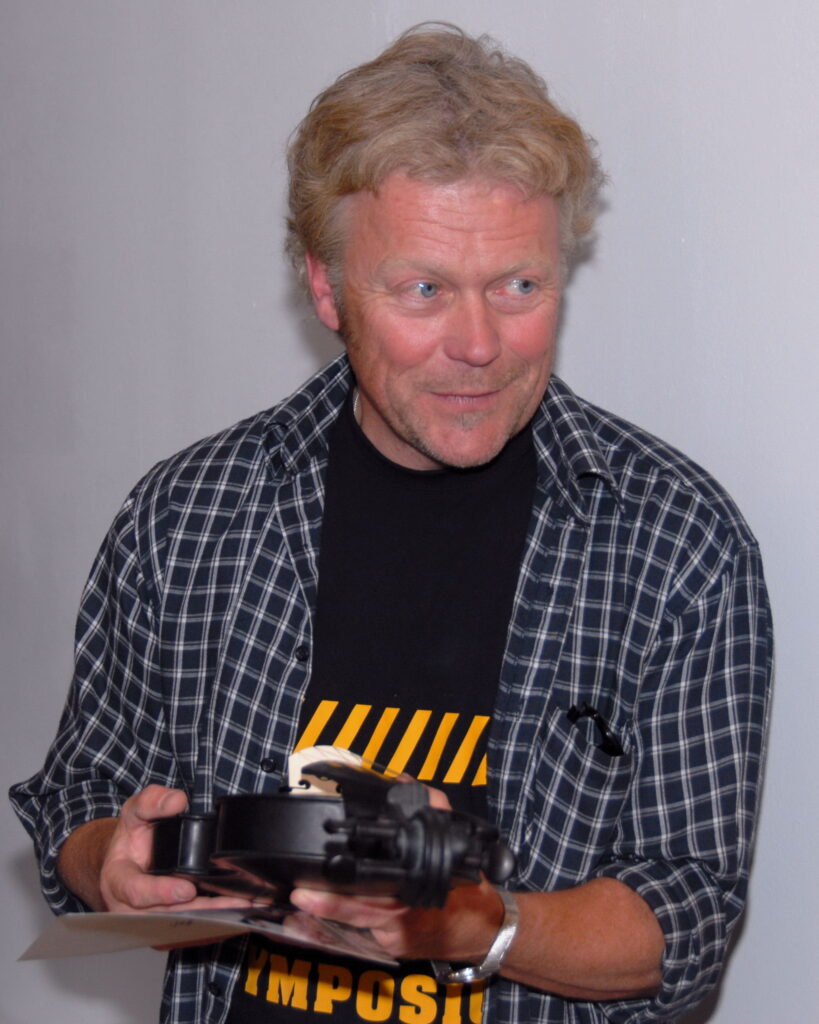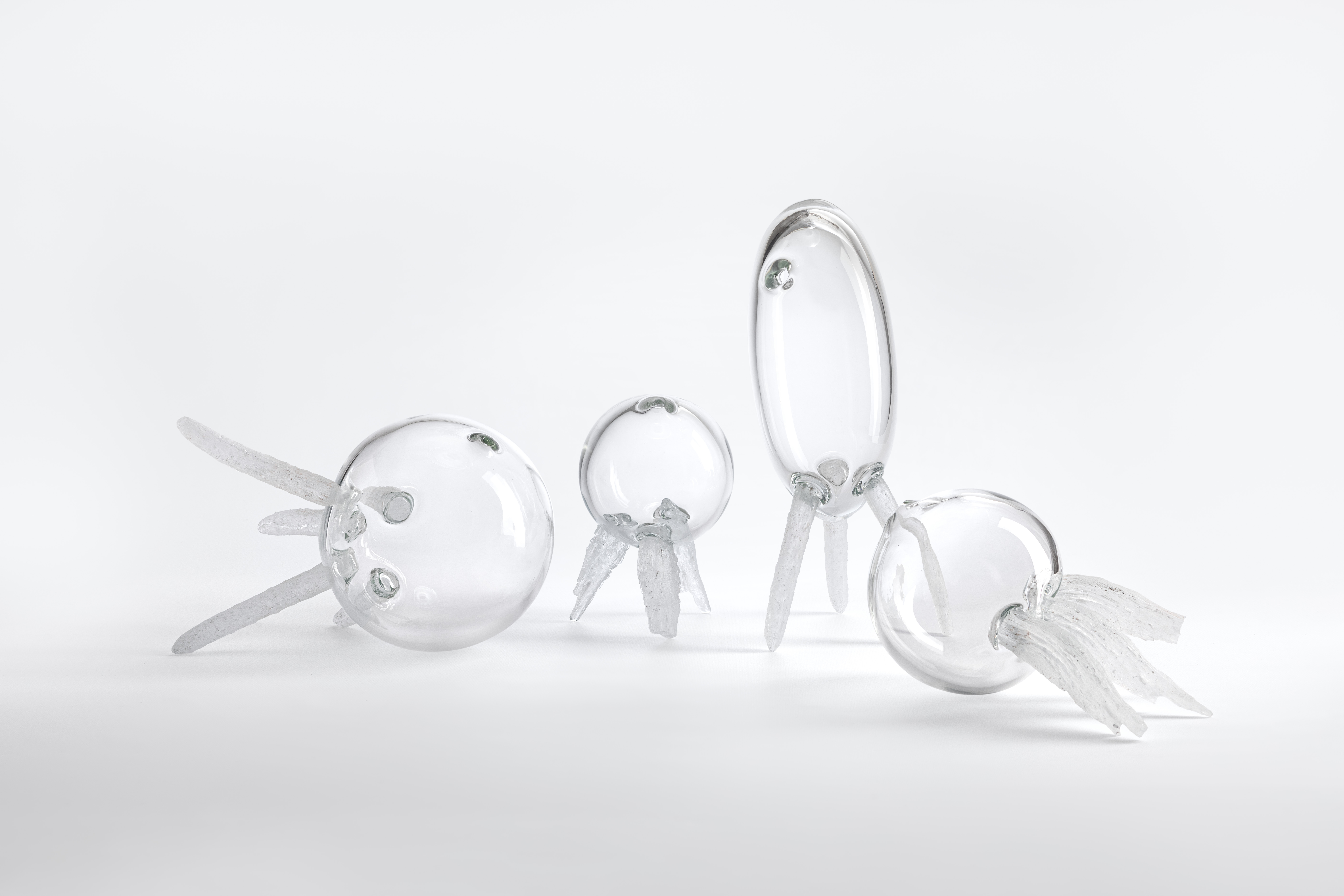
Review of the exhibition Facing Time on Material Times
Swedish sculptor Lars Widenfalk is considered a key figure in the revitalisation of figurative expression in Nordic sculpture. In the works on display he brings the gaze back to the human being and his relationship to the living space. The artist was born in 1954 in the Swedish town of Sveg. He studied archaeology and art history at Uppsala University. Between 1981-1985 he studied sculpture at the Norwegian Academy of Fine Arts in Oslo. He currently lives with his wife, glass sculptor Alena Matějka, alternately in Bethlehem, Sweden, and Italy.
During his artistic wanderings he has explored various materials including bronze, snow, glass and ice. However, the most important medium for him was the timeless beauty of stone, especially marble and granite. More recently, he has begun to incorporate glass into his work and often collaborates with his wife, Czech artist Alena Matějka, who brings her experience of the Czech glassmaking tradition to their joint projects. Widenfalk’s artwork is represented in prestigious collections, including the Swedish State Council for the Arts, the Gothenburg Art Museum, the Sundsvall Museum and the Swedish Parliament. His work has also found recognition outside of Sweden and is represented, for example, at the Norwegian Arts Council and the Museum of Contemporary Modernism in Norway.
It was his interest in myths and history that helped him find a new and distinctive artistic path. Its basis became stone – a material that borders on eternity and in whose interior one can easily trace the flow of time. Widenfalk’s fascination with ancient rituals and ancient myths permeates each of his works. He often reminds us that real sculptures have always been hidden in the raw stone. His approach is almost archaeological – he has to work out what is hidden under the stone. The resulting fragments of heads and bodies resemble sacred artifacts fished out of the wrecks of long-forgotten ships. And it is the word fragment that is important for their understanding – the incompleteness invites the imagination. While Widenfalk creates a scene that seduces towards the ruins, it offers clues. Beyond that, however, he reveals nothing.
His sculptures thus invite reflection. They are a mirror through which it is possible to see one’s own face and all that stands around. And because sometimes the stone is too burdened with memory, Widenfalk has been working with glass more and more often in the last few years, under the influence of his wife. This new material for him seems to free his sculptures and take the weight off them. The works translated into glass thus resemble translucent memories or smooth glimpses of ancient ideals.

